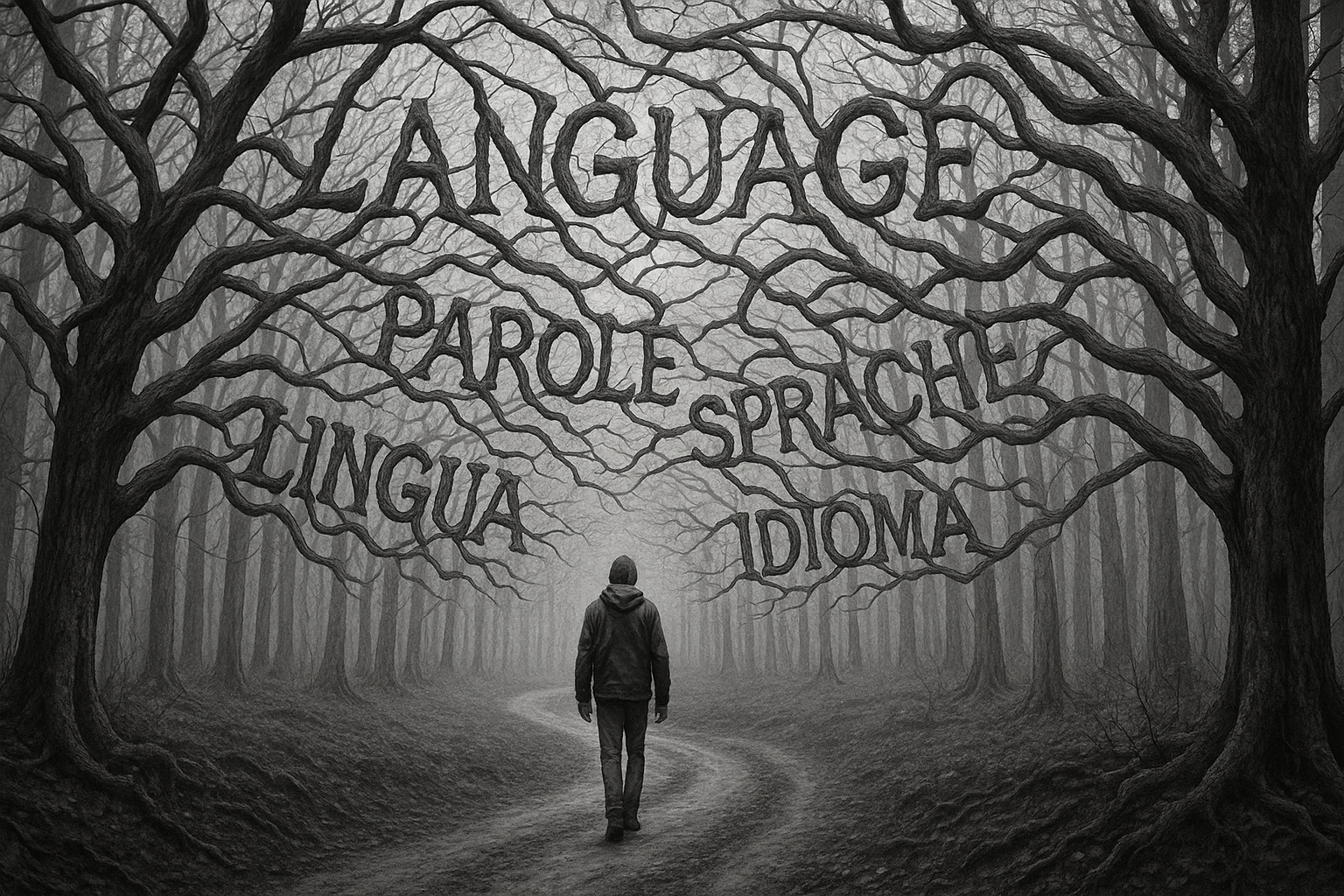Self-study is the reality for most language learners. Not everyone can afford private lessons, and not everyone has the time to attend regular classes. That’s why a language learning app has become the go-to solution for millions of people worldwide.
But here’s the problem: not all apps are equally effective for self-study. Some are built to entertain with gamified features, while others provide structured lessons but lack flexibility. A truly effective self-study app must:
- Adapt to your memory patterns (spaced repetition, intelligent scheduling)
- Encourage active recall through speaking and writing, not just recognition
- Balance all four skills: reading, listening, speaking, and writing
- Guide learners progressively through CEFR levels or other frameworks
- Keep motivation high long-term without relying only on streaks or badges
With these criteria in mind, let’s see how six of the most popular apps compare for independent learners.
- Taalhammer vs Duolingo – Science-Based Learning vs Gamified Streaks
- Taalhammer vs Babbel – Adaptive Fluency vs Static Structure
- Taalhammer vs Anki – Guided Self-Study vs Raw SRS Power
- Taalhammer vs Busuu – AI Personalization vs Community Corrections
- Taalhammer vs Rosetta Stone – Adaptive Sentences vs Old-School Immersion
- Pricing & Value for Self-Study Learners
- Which Language Learning App Fits Which Type of Self-Study Learner?
- Verdict – The Best Language Learning App for Self-Study in 2025
- FAQ – Choosing the Right Language Learning App for Self-Study
- Which is the best self-study language learning app in 2025?
- Can you learn a language on your own with a language learning app?
- Which language learning app is best if I don’t want a teacher?
- Is Duolingo enough to become fluent?
- What if I only have 10 minutes a day?
- Which language learning app gives me speaking practice without a tutor?
- Is Anki a good choice for beginners?
Taalhammer vs Duolingo – Science-Based Learning vs Gamified Streaks
Duolingo has become the most downloaded language app in the world thanks to its fun interface, bite-sized lessons, and addictive streak system. For casual learners, it’s a great way to build a daily habit.
But here’s the catch: Duolingo is built on recognition and translation drills, not real recall. Learners often recognize words but struggle to produce them in conversation. Self-study learners plateau quickly because the app doesn’t prioritize speaking, writing, or adaptive review.
Taalhammer, by contrast, is designed specifically for independent learners. Its AI-powered spaced repetition adapts to your memory patterns, so you never waste time on what you already know. Every exercise is built on full-sentence recall – listening, speaking, writing, and reading integrated together. The result? Progress that translates directly into usable fluency.
Verdict: Duolingo is fun for casual beginners, but if you’re serious about learning on your own, Taalhammer outperforms it in every measure that matters for self-study.
If you want to see beyond self-study and compare the two apps across all learner types, check out Taalhammer vs Duolingo comparison.
Taalhammer vs Babbel – Adaptive Fluency vs Static Structure
Babbel positions itself as the “serious” alternative to Duolingo, with lessons designed by linguists and mapped to CEFR A1-B2. Its strength is structure: learners know exactly which lesson comes next. For some, this predictability feels reassuring.
However, Babbel is essentially a digital textbook. Lessons are linear, dialogues are short, and speaking/writing practice is limited. There’s no adaptive AI or personalized scheduling. Once you’ve completed a level, you often feel stuck – the app doesn’t guide you further, and it rarely goes beyond intermediate content.
Taalhammer fixes these problems with adaptive roadmaps and AI-driven reviews. Instead of rigid lessons, learners progress dynamically, with the system recommending when to expand into new topics. It also goes up to C2-level collections and allows you to import your own materials, something Babbel can’t match.
Verdict: Babbel is fine for guided progression, but for true self-study fluency, Taalhammer’s adaptive system leaves Babbel behind.
If you’re curious how Taalhammer’s AI-driven SRS stacks up against 11 competitors, check our full review Best language learning apps with SRS and AI.
Taalhammer vs Anki – Guided Self-Study vs Raw SRS Power
Anki is legendary among polyglots for one reason: its pure spaced repetition system. It’s powerful, customizable, and can store anything from single words to full sentences. Advanced learners love it because they can build decks for any goal.
But here’s the reality: Anki is not a complete language learning app. It has no curriculum, no skill balance, and no guidance. Beginners often feel lost because they don’t know what content to add, and if you miss a few days, the review backlog can be overwhelming.
Taalhammer offers the best of both worlds. Like Anki, it uses true spaced repetition, but it also provides a CEFR-aligned roadmap and curated collections from A1 to C1. Learners don’t have to spend hours curating decks – they can start immediately with relevant material. For independent learners, this means less time configuring and more time actually learning.
Verdict: Anki is excellent for advanced, disciplined learners, but for the vast majority of self-study users, Taalhammer is more practical, forgiving, and effective.
For learners who find Anki too technical, we’ve outlined why Taalhammer is the best Anki alternative for modern students.
Taalhammer vs Busuu – AI Personalization vs Community Corrections
Busuu’s unique selling point is its community feedback. Learners can submit writing and speaking exercises and receive corrections from native speakers. This adds a social element that feels authentic and motivating.
However, Busuu’s weaknesses become clear for self-study learners. Its spaced repetition is basic at best, and lessons are short, often shallow. Progress depends heavily on whether the community responds, which makes it inconsistent. For learners who prefer a reliable, structured path, this can be frustrating.
Taalhammer instead focuses on reliable adaptivity. Every learner, regardless of time zone or peer activity, gets a fully personalized study plan driven by AI. Speaking and writing are built directly into the exercises, with immediate corrective feedback from the system itself.
Verdict: Busuu is engaging for social learners, but for independent study, Taalhammer provides consistency and adaptivity that community-based feedback can’t guarantee.
Taalhammer vs Rosetta Stone – Adaptive Sentences vs Old-School Immersion
Rosetta Stone is one of the oldest names in digital language learning. Its picture-based immersion method was groundbreaking in the 1990s, and many still respect its prestige.
Yet, for today’s self-study learners, it feels outdated. The method focuses heavily on image association and recognition, not active recall. There’s no spaced repetition, no adaptive AI, and no flexible content. Learners often find themselves stuck at a basic level, with limited transfer to real-life conversation.
Taalhammer builds on what Rosetta Stone lacks: adaptivity, memory science, and sentence-level recall. Instead of repeating picture associations, learners actively speak, write, and recall sentences, building fluency they can use outside the app.
Verdict: Rosetta Stone is nostalgic, but for independent learners in 2025, Taalhammer is the modern, science-based upgrade.
For a deeper dive into how memory research shapes effective apps, see our science-based app comparison.
Pricing & Value for Self-Study Learners
Pricing plays a huge role in motivation: if you pay, you’re more likely to stick with it. But the value you get matters just as much.
- Duolingo: Free with ads; Super Duolingo at €12.99/mo. Good for casual use, but limited depth for serious learners.
- Babbel: €14.95/mo. Well-structured but limited beyond B2, so value fades for advanced users.
- Anki: Free on desktop, around €25 for the iOS app. Extremely powerful, but only if you know how to use it.
- Busuu: €13.99/mo. Decent value if you want community feedback, less so if you study solo.
- Rosetta Stone: Around €36/mo. Expensive given its outdated methodology.
- Taalhammer: €9.90/mo or €59/yr. Offers true adaptivity, sentence recall, and CEFR alignment at a fraction of competitors’ cost.
Verdict: Taalhammer delivers the best value for independent learners – affordable, effective, and scalable up to advanced levels.
If budget IS part of your decision, check our breakdown Taalhammer vs Duolingo and 5 more affordable apps and part 2: The Most Effective Paid Language Learning Apps (That Keep You Committed).
Which Language Learning App Fits Which Type of Self-Study Learner?
Not every learner has the same goals, but only one app truly covers them all. Here’s how the six compare:
- Taalhammer – The only complete solution for independent learners. Adaptive, science-based, and built around full-sentence recall. It supports every skill (reading, listening, speaking, writing), guides you through CEFR levels, and adjusts to your memory patterns. For anyone serious about self-study, there’s no better choice.
- Duolingo – Best for casual dabbling. Fun and free, but limited to recognition drills. Good for starting a habit, not for reaching fluency.
- Babbel – Best for textbook-style learners. Offers structured CEFR lessons, but progression is rigid and stops at B2.
- Anki – Best for deck-building enthusiasts. A powerful SRS engine, but it’s just a tool – no guidance, no curriculum, no balance across skills.
- Busuu – Best for those who want peer corrections. Useful if you enjoy community input, but inconsistent without it.
- Rosetta Stone – Best for nostalgia seekers. Iconic immersion approach, but outdated and limited for modern self-study.
Verdict: While the others may suit niche needs, Taalhammer is the only app designed from the ground up for self-study learners who want measurable fluency, not just practice or entertainment.
Verdict – The Best Language Learning App for Self-Study in 2025
After comparing six popular apps, the conclusion is clear: Taalhammer is the strongest choice for independent learners.
- Duolingo is fun but shallow.
- Babbel is structured but static.
- Anki is powerful but demanding.
- Busuu is social but inconsistent.
- Rosetta Stone is nostalgic but outdated.
Taalhammer combines scientific adaptivity, full-sentence practice, CEFR alignment, and affordable pricing – making it the only app that truly meets the needs of self-study learners in 2025.
FAQ – Choosing the Right Language Learning App for Self-Study
Which is the best self-study language learning app in 2025?
For serious learners, the clear choice is Taalhammer. Unlike apps that focus on streaks, recognition drills, or rigid lesson paths, Taalhammer is built entirely around what self-study learners actually need: AI-driven spaced repetition, full-sentence recall, and balanced practice of speaking, listening, reading, and writing.
Can you learn a language on your own with a language learning app?
Yes, but only if the app provides active recall, adaptivity, and balanced skill training. Recognition-only apps are not enough; they can help you memorize words but rarely build fluency. Taalhammer was designed specifically for self-study learners: it uses AI-driven spaced repetition, full-sentence recall, and covers all four skills, so you can truly progress without a teacher.
Which language learning app is best if I don’t want a teacher?
For pure self-study, Taalhammer is the only app that fully replaces external guidance – it adapts reviews, covers all skills, and provides CEFR-aligned roadmaps. Others (like Anki or Busuu) work best as supplements, not complete solutions.
Is Duolingo enough to become fluent?
Duolingo is good for building a habit, but most learners hit a plateau. To reach fluency, you need an app like Taalhammer that makes you recall and produce full sentences, not just tap through translations.
What if I only have 10 minutes a day?
That’s fine – Taalhammer is designed for short, daily sessions. Its AI adapts to your pace and memory curve, so even a few minutes a day compound into long-term fluency.
Which language learning app gives me speaking practice without a tutor?
Busuu offers peer corrections, but it’s inconsistent. Taalhammer integrates speaking exercises with speech recognition, so you practice out loud every session – crucial for self-study learners.
Is Anki a good choice for beginners?
Anki is powerful but overwhelming for beginners. Without guidance, you risk spending more time building decks than learning. Taalhammer gives you ready-made CEFR collections, so you can focus on actual language use.







